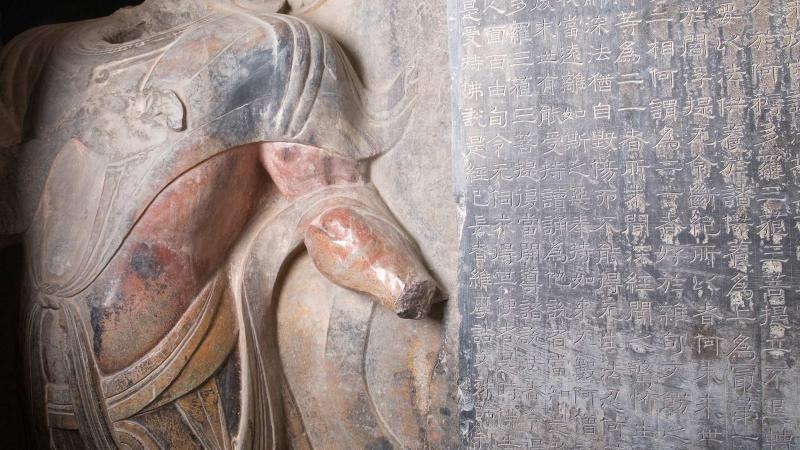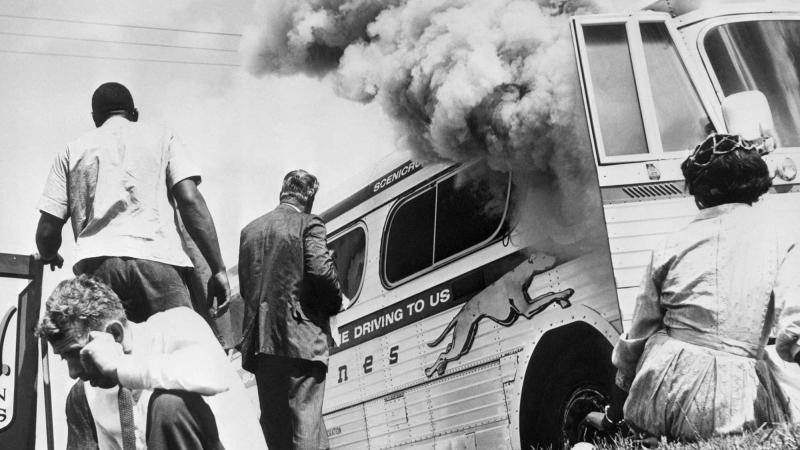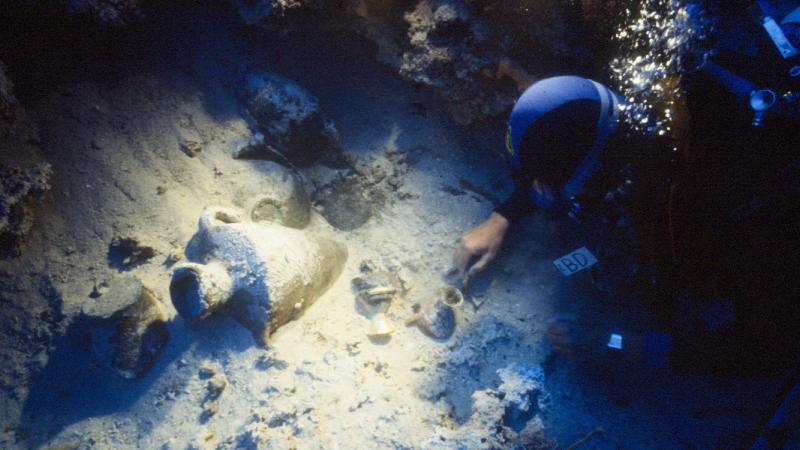When Meriwether Lewis first saw the Great Falls of the Missouri River, he waxed poetic. “The grandest sight I ever beheld,” his journal entry in June 1805 reads. “The irregular and somewhat projecting rocks below receives the water in its passage down and brakes it into a perfect white foam which assumes a thousand forms in a moment sometimes flying up in jets.” The description goes on, its effusions interspersed with the kinds of precise scientific observations that are, on the whole, much more typical of the famed adventurer's records: the fall’s measurements, its geological formations, and surrounding botany.
Lewis, his good friend William Clark, and 31 others—the Corps of Discovery—were by that point deep in the unknown territory that Thomas Jefferson had sent them to explore. They had poled and towed their boats across the Louisiana Purchase and were about to enter an unclaimed portion of the Northwest. Their objectives, as laid out by the president, were to document the Missouri River and its environs, establish diplomatic relations with the natives, and, most important, find a water route to the Pacific.
They never found such a route—none exists—but their journey, some 8,000 miles from the mouth of the Missouri in St. Louis to the mouth of the Columbia on the Pacific and back, remains one of the most celebrated achievements in the early history of the nation, an American odyssey remembered for both its dangers (the Rockies, grizzly bears, threatening Indians) and its discoveries in geography, zoology, ethnography, and many other fields. As Gary E. Moulton has said, “Lewis and Clark were successful in spite of their failures.”
That scholars have ready access to the expedition’s full records, in all their technical detail, eccentric orthography, and occasional exuberance, is thanks to Moulton’s 22-year effort to edit and meticulously annotate just about every scrap of information the trip yielded. With $1,448,838 from NEH and more than 100 consultants, his work resulted in the 13-volume Journals of the Lewis and Clark Expedition, published by University of Nebraska Press. It comprises not only the journals of co-captains Lewis and Clark, but those written by four other members of the Corps, an atlas of the journey, Clark’s cartography, and a herbarium reproducing Lewis’s botanical specimens. It was Moulton’s work on making the journals available that inspired Stephen Ambrose to write Undaunted Courage, which was #1 on the New York Times best-seller list in 1996 and is the basis for an upcoming film on HBO.
Although the last volume, a comprehensive index, was published in 2001, the ripples of this definitive edition are still propagating. Moulton himself has brought out an abridged version of the journals, aimed at general audiences, and his scholarship has informed countless other endeavors (among those funded by NEH grants of $222,177 and $315,000, respectively, an online edition of the journals and a radio series on Lewis and Clark produced by Oregon Public Broadcasting). Together, the complete journals and the projects they inspire are ensuring that one of the most important expeditions in American history continues to excite the spirit of scientific exploration that Lewis and Clark possessed in such abundance.
Written by James Williford, a writer in Washington, D.C.


